When the first European colonists arrived on the islands of New Zealand a little over 150 years ago they were met by an essentially forested landscape with very unfamiliar plants and animals. The dramatic and breath-taking scenery ranged from geysers, boiling mud pools and volcanoes in the north to magnificent, soaring mountains, primeval forests and glaciers in the south. Apart from a couple of bat species there were no terrestrial land mammals and a highly endemic avifauna, many of them flightless. In an attempt to make their new country “more like home” the colonists voraciously cleared the “wild and scary” forests and converted the land to pasture. The result was that, along with the introduction of familiar mammals, the landscape was dramatically changed. These changes were with a speed and thoroughness never seen before and on a scale that has never been repeated. Both have had dire social and biological consequences. Similar patterns of settlement and landscape change occurred in other Anglo ‘colonies of settlement’ in the USA, Canada, and Australia (but that is a story for another time).
Fortunately, in New Zealand not all of the forests were cleared. So today, 30,000km2 (12%) of the total land area (268,680 km2) is preserved in 14 National Parks. These parks preserve the natural heritage, forests, wildlife and landscapes, close to — and in some cases, exactly — as it was before man arrived. Of global significance is that New Zealand is a biodiversity “hotspot”, not so much for the total numbers of species but because of the high level of endemism. Over 85% of the plants, lizards, frogs and birds are to be found nowhere else on the globe. Including: the world’s only alpine parrot, frogs that bear live young with no tadpole stage, a duck that breeds in running water, a conifer that is only a few centimetres tall, the largest insect in the world (an insect so large that it thinks it is a mouse), the list goes on….
What I have just described in the first 2 paragraphs is exactly how New Zealanders perceive nature — wild and breath-taking landscapes overflowing with indigenous biodiversity! Over the short time that it has taken New Zealand to become a nation there has developed a dichotomy between cities and towns and “wild” landscapes. Nature is not in the city but “out there” in the mountains. We (humans) live in cities — nature resides in the mountains.
I was mulling on this dichotomy when I was driving back from the West Coast of the South Island of New Zealand last weekend. I had spent 3 days living in ‘wild nature’ at a place called Punakaiki in the Paparoa National Park. It is famous for its treasured ‘pancake rocks’ and ‘blowholes’ that were formed 30 million years ago from compressed fragments of dead marine creatures and plants and gradually seismic action has lifted this limestone above the seabed. Mildly acidic rain, wind and seawater have sculpted the bizarre shapes.
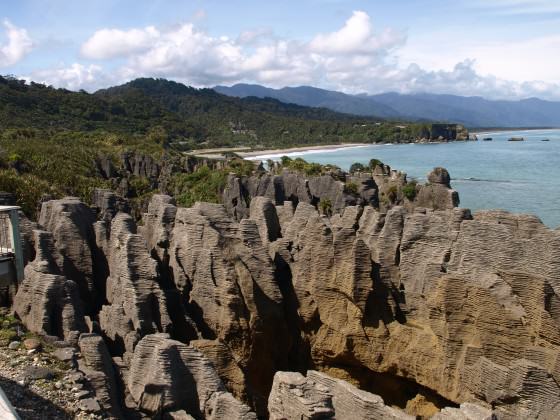
The sub-tropical forests in the National Park are diverse with podocarp (conifer) and hardwood trees (rata, beech) towering above thickets of vines, treeferns, and nikau palms. At dawn and dusk the forests come to life with the birdsong of native tui, bellbird, robin, kākā and kererū. It is truly a wonderful experience that is not easily forgotten. If you want to experience it for yourself then come to NZ! Or failing that have a listen to the “dawn chorus” here.
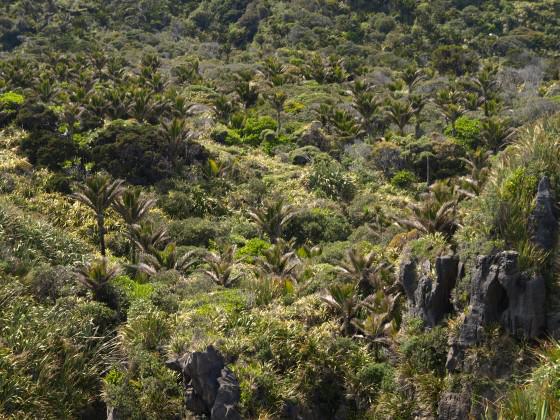
By the time that I arrived back home in Christchurch I was wondering how different the ‘wild’ forests were from the city. Is the indigenous biodiversity in the National Parks that much different that that in the city? My assumption was yes, much higher diversity would be expected in natural forests. So I thought I might do some quick calculations and research to see how biodiverse nature was in the National Parks and compare that to biodiversity in the city! Would that show that indigenous nature was in the mountains and not in the city or would it tell me something different?
Here is what I found for plants. (See reference at the bottom and here.) The table below includes the minimum estimates for vascular plant diversity in selected New Zealand cities and National Parks.
|
CITY/REGION |
|||||
|
Auckland |
Rotorua |
Manawatu |
Christchurch |
Dunedin |
|
|
# indigenous vascular spp |
559 |
540 |
500 |
350 |
470 |
|
# exotic vascular spp |
615 |
545 |
525 |
c.500 |
211 |
|
Indigenous spp/1000 ha |
2.1 |
2.8 |
8.9 |
8.8 |
12.5 |
|
Indigenous % of NZ flora |
22.4 |
21.6 |
20.0 |
14.0 |
18.8 |
|
NATIONAL PARK |
|||||
|
Egmont |
Arthurs Pass |
Westland |
Mount Cook |
Rakiura |
|
|
# indigenous vascular spp |
c.650 |
660 |
620 |
437 |
580 |
|
# exotic vascular spp |
NA |
154 |
114 |
137 |
185 |
|
Indigenous spp/1000 ha |
19.4 |
7.0 |
4.1 |
6.2 |
3.4 |
|
Indigenous % of NZ flora |
c.26 |
26.4 |
24.8 |
17.5 |
23.2 |
Wow!
The differences were not as big as I thought, in fact cities are almost as biodiverse as National Parks. Indigenous species per 1000 ha ranged from 2 to 12 in cities and from 3 to 19 in National Parks. And the percentage of the total New Zealand flora represented at each site (city or National Park) varied from 14-22 in cities and 17-26 in National Parks. Not large differences at all. In some of the cities indigenous biodiversity is high because of substantial lowland rain forest remnants. In others, such as Christchurch (which has only one lowland forest remnant), about one-third of the flora is dryland species not found in any of the other major cities.
There are numerous examples of other indigenous biota that frequent New Zealand cities. For example, 374 lichen species occur in the greater Auckland area and that is approximately 30% of the total New Zealand lichen flora. In addition, 130 bird species occur in greater Auckland, which represents 40% of the total avifauna for NZ. There are about 100 moss species in Christchurch and 200 on nearby Banks Peninsula. That represents 20-50% of the NZ moss flora. Two hundred and sixty moth species have been recorded in one 6 hectare forest remnant in Christchurch, or 16% of the national moth fauna. The Christchurch estuary supports 113 bird species with 13 bush birds on the surrounding hills — that is 38% of the NZ avifauna. The intertidal zone of the Christchurch coast is reputed to be one of the world’s richest for indigenous species diversity.
So you can see that New Zealand cities can be rich in indigenous biodiversity!
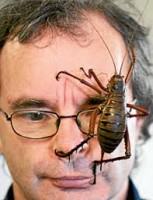
It is worth noting that most urban areas in New Zealand (and the world for that matter) are at ecosystem junctions — where marine, maritime, estuarine, hills, lowland freshwater swamps, dry arable areas and building sites meet. These junctions are extraordinarily diverse and many animal species depend on the presence of these elements. As a generality it does appear that many of the larger cities are actually some of the richest in habitats and biodiversity, and are those that have the greatest natural productivity and diversity of environments.
Based on these numbers above urban areas are as intrinsically interesting and diverse and worthy of conservation as the mountainous National Parks. So in a biodiversity sense New Zealand cities could be regarded as National Parks as well!!!!
Now we just need to let the city dwellers know so that they can appreciate Nature in the City, not just in the wild mountains!!!
Glenn Stewart
Christchurch
Reference for the biodiversity data:
Given, D.R. and Meurk, C.D. 2000. Biodiversity of the urban environment: the importance of indigenous species and the role urban environments can play in their preservation. IN: Stewart, G.H. and Ignatieva, M.E. (eds.). Urban Biodiversity and Ecology as a Basis for Holistic Planning. Proceedings of a workshop held at Lincoln University 28-29 October 2000. Centre for Nature Conservation No. 1 Christchurch, Wickliffe Press. Pp. 22-23


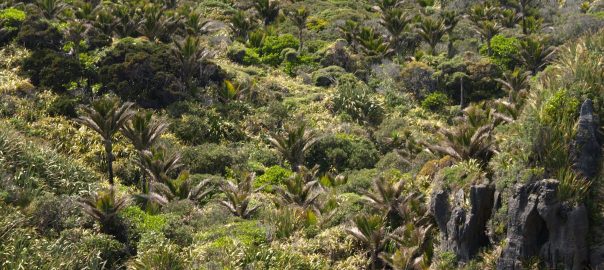
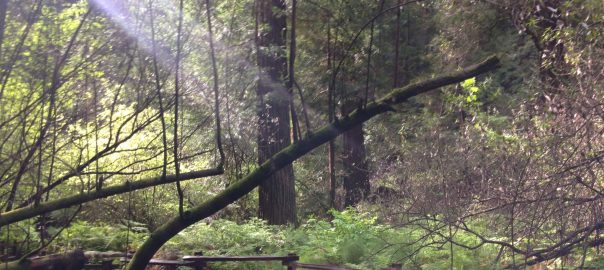
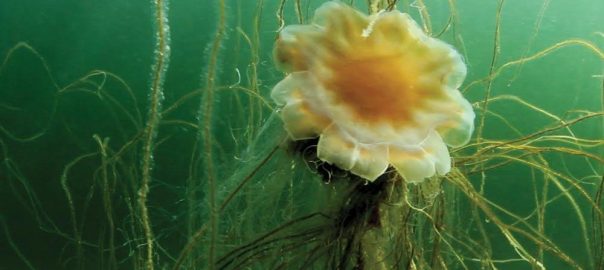
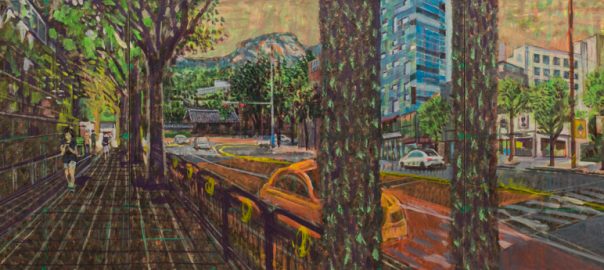
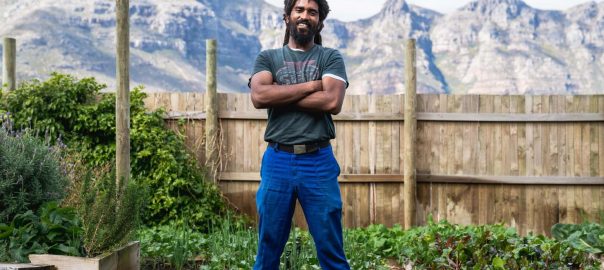
Leave a Reply